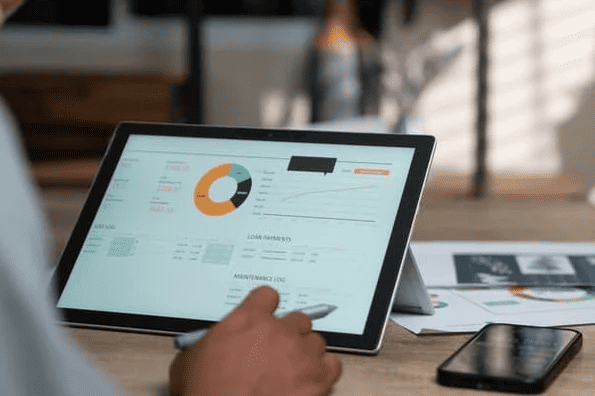
In the realm of digital marketing, blogs are not just about sharing ideas or establishing thought leadership – they can be potent tools for conversion, too. Yet, many bloggers struggle to effectively turn their readers into customers.
This article aims to change that.
Table of Contents
Understanding Your Conversions
Just to make sure we’re all on the same page, a conversion within the context of blogging is the process of turning a visitor into a customer or active follower who takes a desired action. The exact action depends on your specific goals, but is usually something like signing up for an email newsletter, downloading a lead magnet, filling out a contact form, or making a purchase.
As you know, it’s easy to talk about conversions in theory. It’s much more challenging to execute on. In order to drive consistent and cost-effective conversions, you have to grab attention, keep that attention, and turn engagement into action.
Everyone always wants to know what a “good” conversion rate is, but it’s an impossible question to answer without context. A good conversion rate for one blog getting people to sign up for a free newsletter is much different than a good conversion rate for another blog trying to convert someone on a $200 sale.
So, rather than spend a bunch of time discussing specific conversion rates, let’s dig into the actual how of driving conversions.
Tips for Improving Your Blog Conversions
While there’s no secret bullet to reaching a particular conversion rate, the following tips will help you get better results.
Improve Your Content Quality
The first step toward elevating your blog conversion rates is to create quality content that actually adds value to your audience. If you do this, people will return over and over again and, eventually, take action.
In the world of content creation, don’t fall for the myth that you need lots and lots of content. Quality supersedes quantity every step of the way. You can survive on a small quantity of high quality content, but you won’t do anything with a high quantity of low quality content. Got it?
There are plenty of ways to improve content quality, but value and personalization are two foundational pillars. Value means giving readers something that they can use to make their lives better. They should walk away from your content feeling like they’re better off. Personalization means tailoring the content to meet the specific needs and preferences of your average reader.
Create Better CTAs
Creating compelling calls-to-action (CTAs) involves clear, action-oriented language, persuasive design, and strategic placement. The language should be concise, direct, and urge the reader to take immediate action.
The design of your blog should make the CTA stand out, yet still fit within your overall blog design. As for placement, position CTAs where they naturally fit within the flow of your content and where readers are most likely to engage with them.
Optimize Your Landing Pages
Your website and landing pages should be optimized on a regular basis to find the ideal formula for your target audience. This requires paying attention to both content and design.
“Don’t settle for a website that boasts attractive designs but doesn’t help bring in any money,” explains Marion, a leading graphic design agency. “Your company website should leverage a beautiful aesthetic to build credibility and incorporate conversion rate optimization to generate revenue at all hours of the day.”
Make sure your visitors have a good overall website experience that’s intuitive and consistent. If you’re lacking in these areas, your conversion rate will drag behind.
Monitor and Improve
Over time, you’ll start to identify the different factors and levers that move the proverbial “needle” on your blog’s conversion rate. Do your best to lean into those.
Key blog conversion metrics include: conversion rate, bounce rate, average time on page, click-through rate, and new vs. returning visitors. Monitoring and analyzing these conversion metrics is critical for understanding how well your blog is performing and where improvements can be made.
By regularly tracking these metrics, you can identify which aspects of your blog are driving conversions and which areas need improvement. It can also help you understand your audience better, guiding you in tailoring your content and conversion strategies to better meet their needs.
The data gleaned from these metrics should inform your ongoing conversion strategies. For example, if your CTR is low, you might want to improve your CTAs or make your links more visible. If your conversion rate is low, it might be time to reevaluate your content strategy or landing page design. The more you understand the data, the better your long-term results will be.

